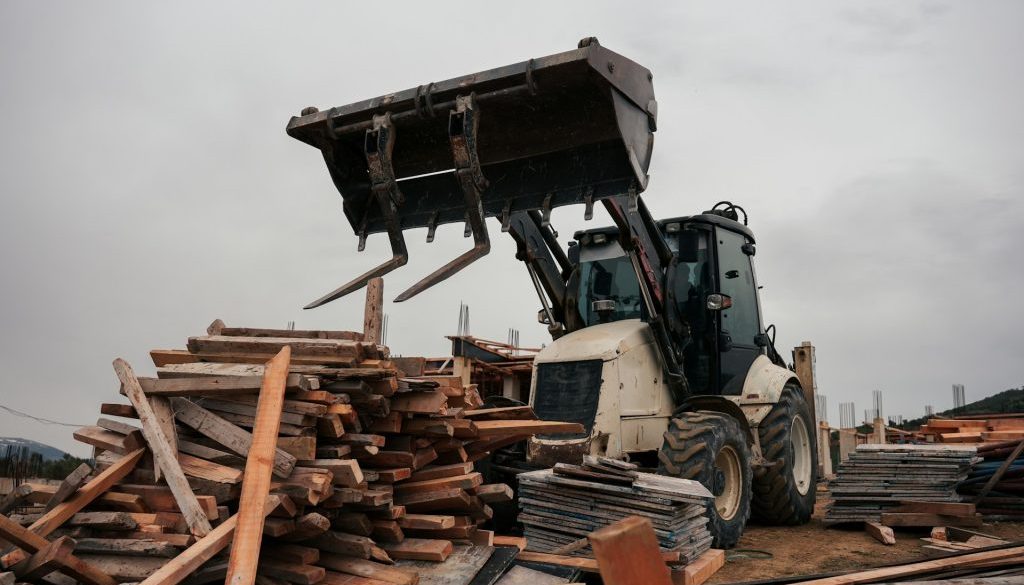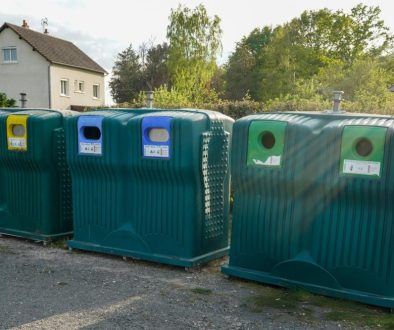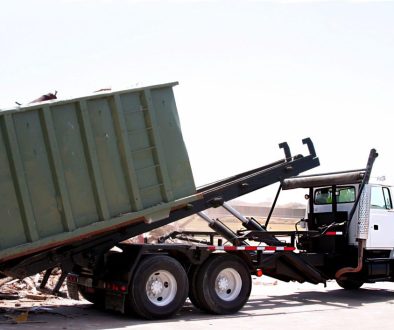Managing waste during renovations can often feel like a daunting task. Whether you’re upgrading your kitchen or giving your entire home a facelift, dealing with the mess and debris that accumulates can be overwhelming. Renovation projects produce various kinds of waste, from old tiles and bricks to unused wood and fixtures. Without proper planning, this waste can quickly pile up, making your project more stressful than it should be. It’s crucial to have a plan in place to handle waste efficiently, helping the process run smoothly and keeping your workspace clear and safe.
Effective waste management is key for any renovation project, no matter its size. By planning ahead and utilizing the necessary resources, homeowners in Cheshire can make waste disposal a breeze. It’s all about understanding what waste you’ll generate and knowing the best way to manage it. By handling your renovation waste properly, not only do you keep your space tidy, but you also contribute to a healthier environment. Let’s explore some practical tips that will help you manage waste effectively and introduce you to helpful services like Hanley Skip Hire.
Understanding Renovation Waste
Renovation projects can produce a wide variety of waste, and knowing what to expect can help you prepare. Here’s a quick look at the common types of waste generated during home renovations:
– Rubble: This includes debris like bricks, concrete, and tiles. It’s heavy and takes up a lot of space, requiring strong management strategies.
– Wood: Old cabinets, frames, and flooring often result in wood waste. Some of this can be repurposed or recycled, reducing the total amount you need to dispose of.
– Metal: Leftover nails, metal fixtures, and fittings fall under this category. Like wood, metal can often be recycled, reducing landfill waste.
– Plastics and Paper: From packaging to old decorative pieces, plastics and paper are a part of renovation waste that need careful handling.
Sorting and managing these different types of waste separately is important. Each material has its own disposal method. For example, rubble requires heavy-duty skips due to its weight. Wood and metal might be recyclable, meaning they should be separated and taken to specific stations. This sorting not only makes disposal easier but also helps in recycling and reusing materials efficiently. Planning and using strategies for sorting waste can significantly streamline your renovation process and minimize environmental impact.
Effective Waste Sorting and Recycling
Sorting renovation waste might seem tedious, but it’s a crucial step in managing waste efficiently. By doing this, you’ll simplify the recycling process and lessen the impact on landfills. Start by setting up designated areas or containers for each type of material. This approach makes it easier to direct waste to recycling facilities or proper disposal sites.
Here are some practical tips to help with waste sorting:
– Set Up Clear Labels: Use clear labels for your containers to avoid confusion. Labels should indicate what type of materials each container is for, like ‘Wood’, ‘Metal’, etc.
– Keep Recycling Bins Nearby: Place recycling bins or containers for smaller items like nails and screws close to your work area.
– Create a Routine: Establish a daily routine where you and others involved in the renovation project place waste in the correct containers. This habit prevents waste from building up and becoming unmanageable.
Recycling offers great benefits beyond just freeing up space. Materials like wood and metal often have further use, breathing life back into what might seem like mere debris. By recycling wood, you contribute to reducing the need for new timber, thereby protecting forests. Metal recycling is energy efficient, aiding in preserving natural resources and reducing pollution from metal production. By integrating recycling into your renovation, you encourage a sustainable lifestyle while also reducing overall project costs.
Choosing the Right Skip
Choosing the correct skip largely depends on the size of your project and the types of waste you expect to generate. Obtaining the right skip is more than just about capacity; it involves ensuring your disposal process is seamless and fits your renovation schedule.
Different projects require different skip sizes, such as:
– Mini Skips: Ideal for small home improvements that involve basic clearance tasks, like removing old furniture or garden waste.
– Midi Skips: Suitable for mid-sized projects, such as bathroom or kitchen renovations, where more waste is involved.
– Builder’s Skips: Designed for larger loads, often used on more substantial home refurbishments such as extensions or full remodels.
Determining the most suitable skip size is simplified when you assess the amount and type of waste your renovation will produce. It’s advisable to choose a skip that might fit a bit more than you anticipate needing, to avoid the hassle of ordering an additional one partway through your project. It’s equally important to check local guidelines to understand any permit requirements when placing skips on public roads or property.
Scheduling and Logistics
When your renovation timeline is efficient, everything seems to fall into place more naturally. Properly planning skip delivery and collection can relieve stress and help maintain progress. Aim to schedule the delivery of your skip close to when waste will start piling up, ensuring it’s available right when needed.
Key considerations include:
– Access: Ensure your site is accessible for skip delivery and collection. This may involve clearing a path or removing vehicles.
– Permits: Investigate whether a permit is needed, especially if your skip will be on a public road.
– Space: Allocate an appropriate space for the skip, somewhere that’s straightforward for disposal but doesn’t disrupt the renovation activities.
Organising these logistics ensures skips are at your disposal when needed, allowing your project to keep moving without any significant downtime.
Wrap-up
Effectively managing renovation waste involves clear planning, sensible sorting, and precise scheduling. These steps not only make your project run smoother but also contribute positively to the environment. By adopting these strategies, you create a more sustainable home renovation process.
Proper waste management during renovations helps maintain cleanliness and safety, thereby enhancing the overall renovation experience. It’s all about making informed choices and favouring practices that support both your project and the planet. Embrace these methods to simplify your renovation tasks while reinforcing your commitment to a greener lifestyle.
Ready to tackle your renovation project with confidence? Let Enviro Skip Hire assist you in selecting the perfect skip for your needs. Discover how hassle-free waste disposal can be by exploring our services for Hanley Skip Hire and keep your renovation journey smooth and eco-friendly.




